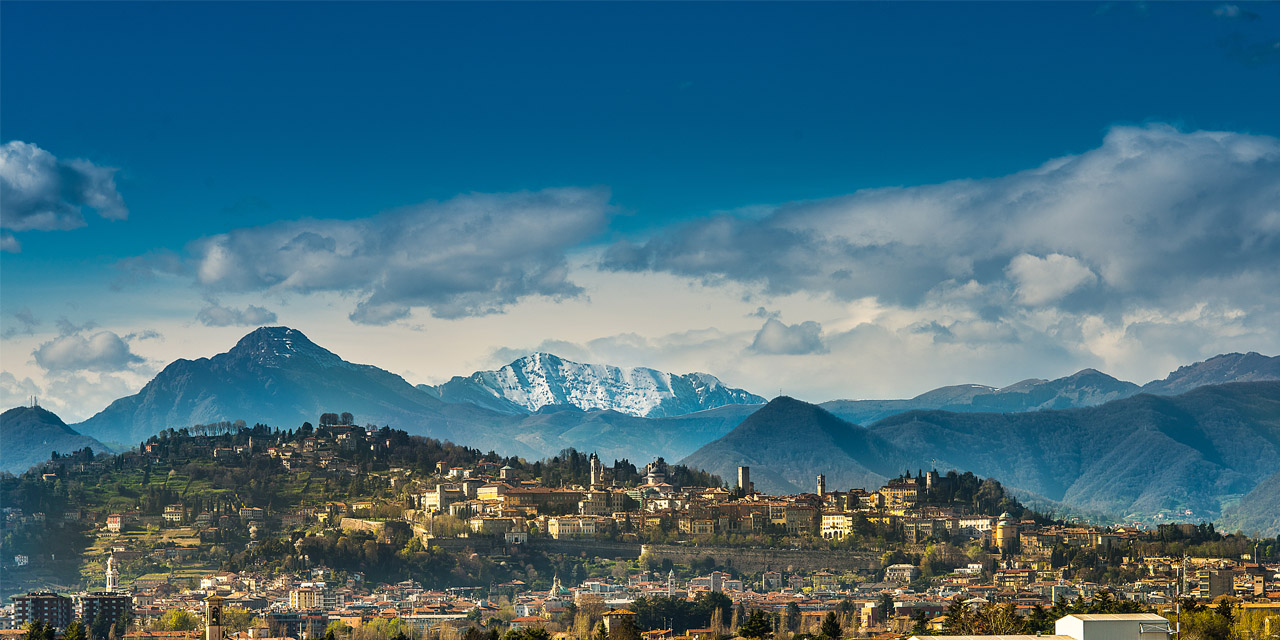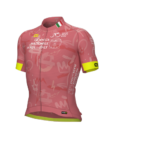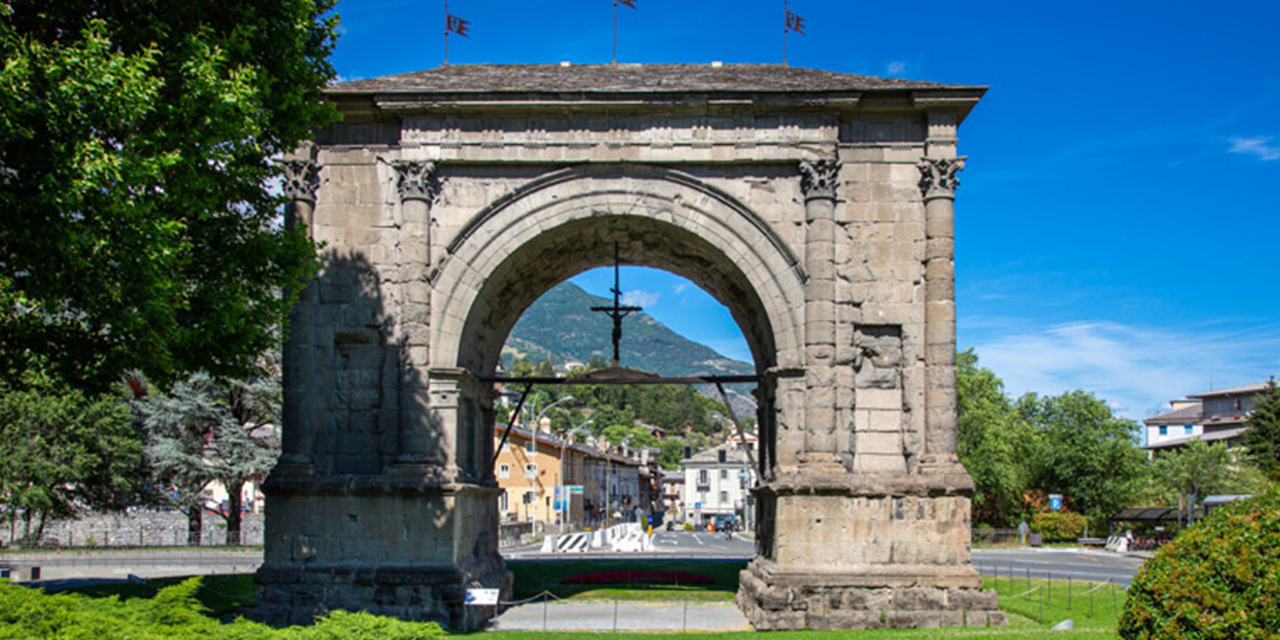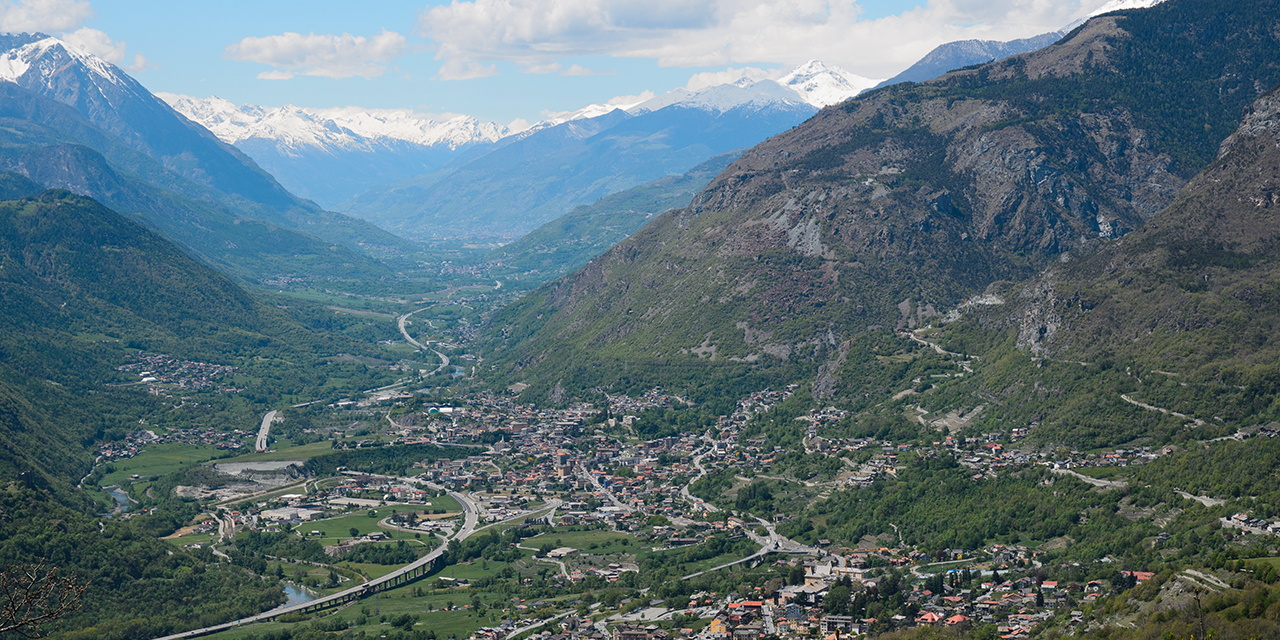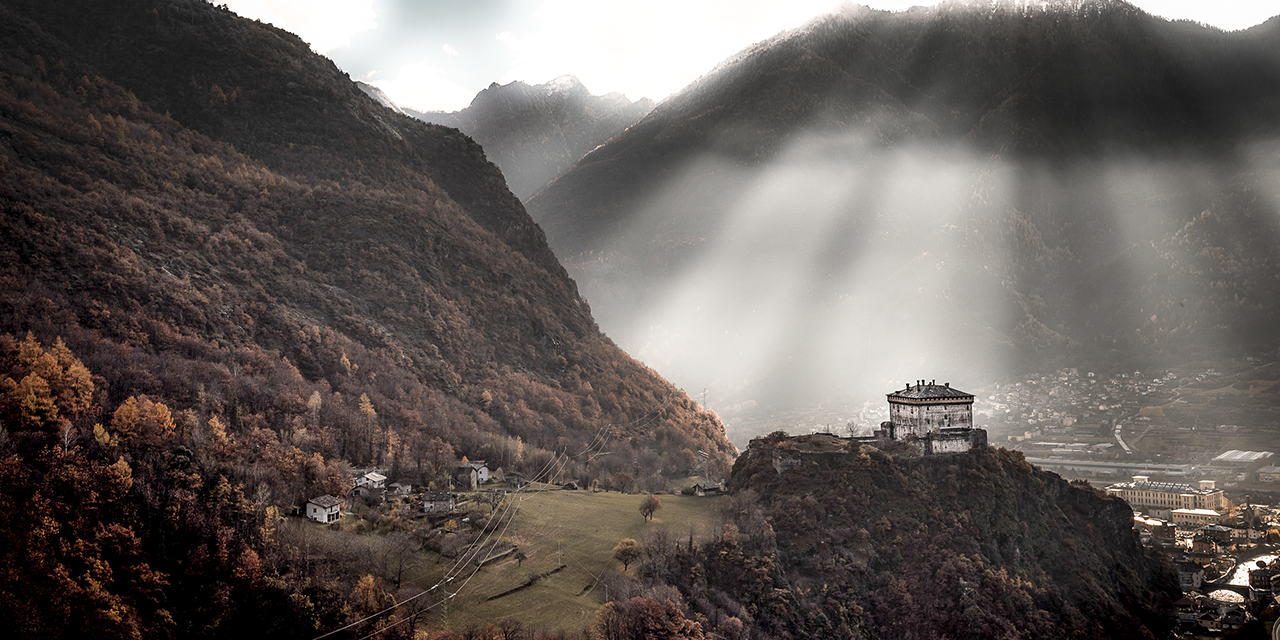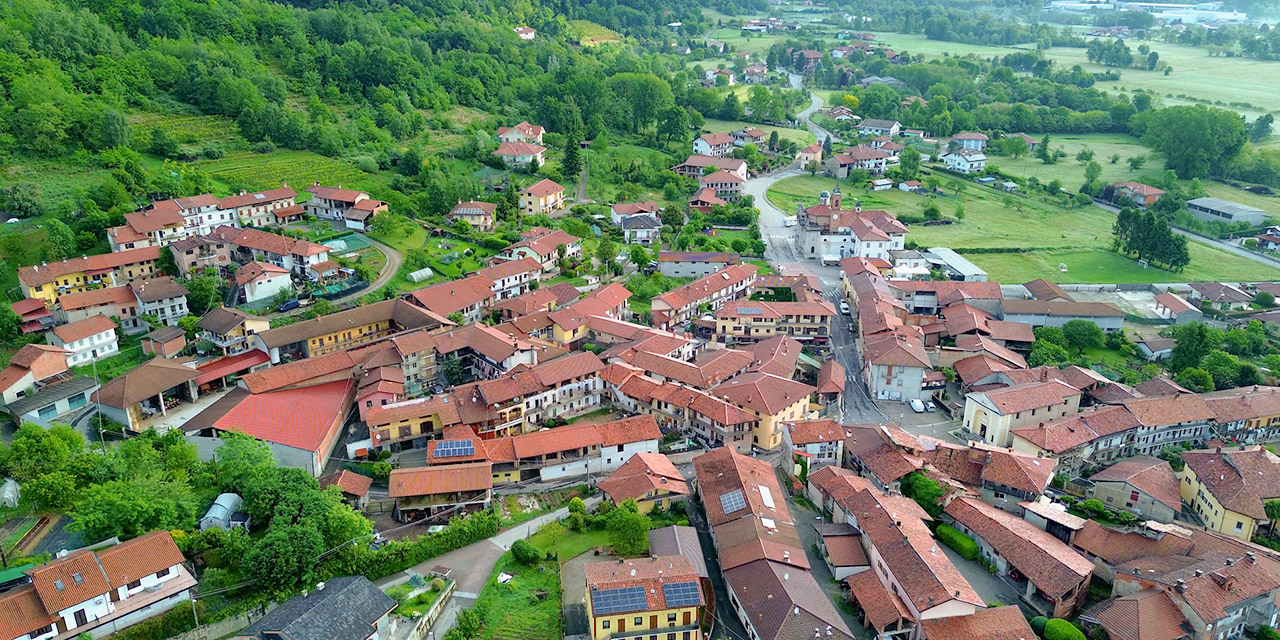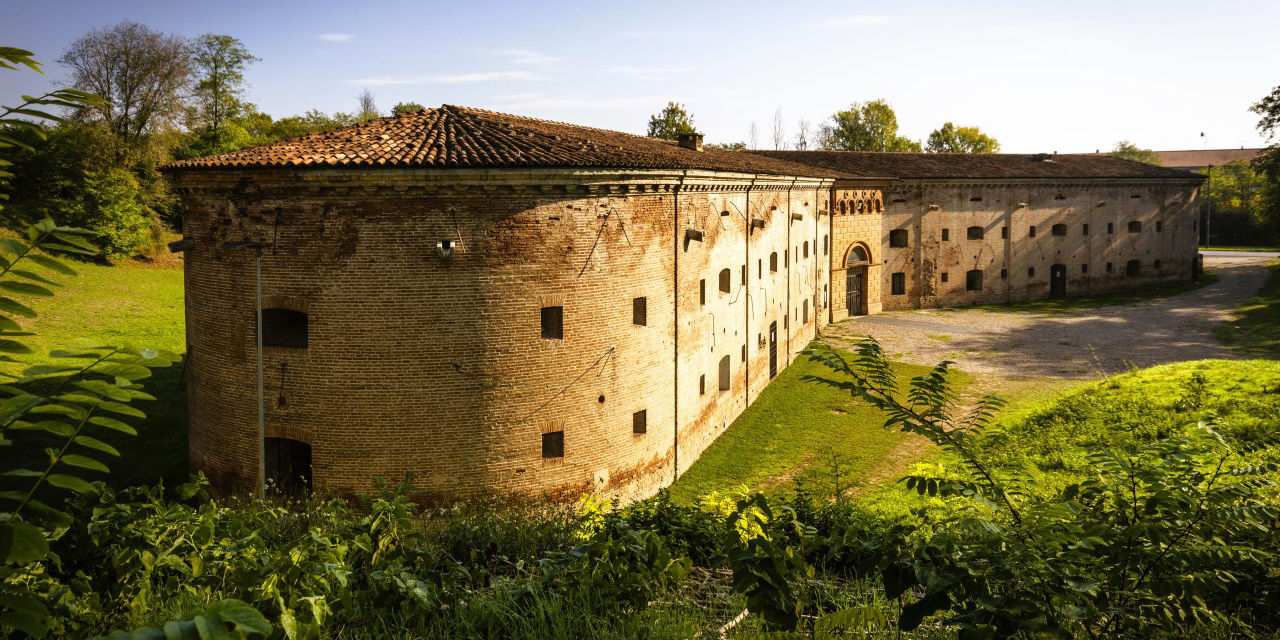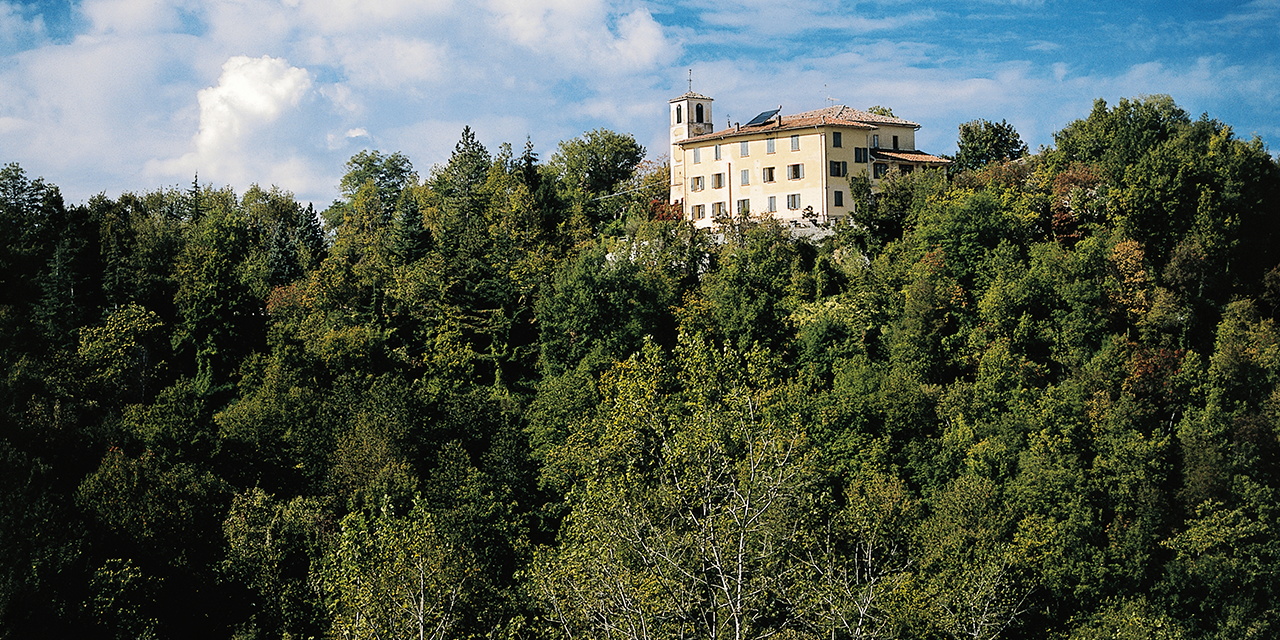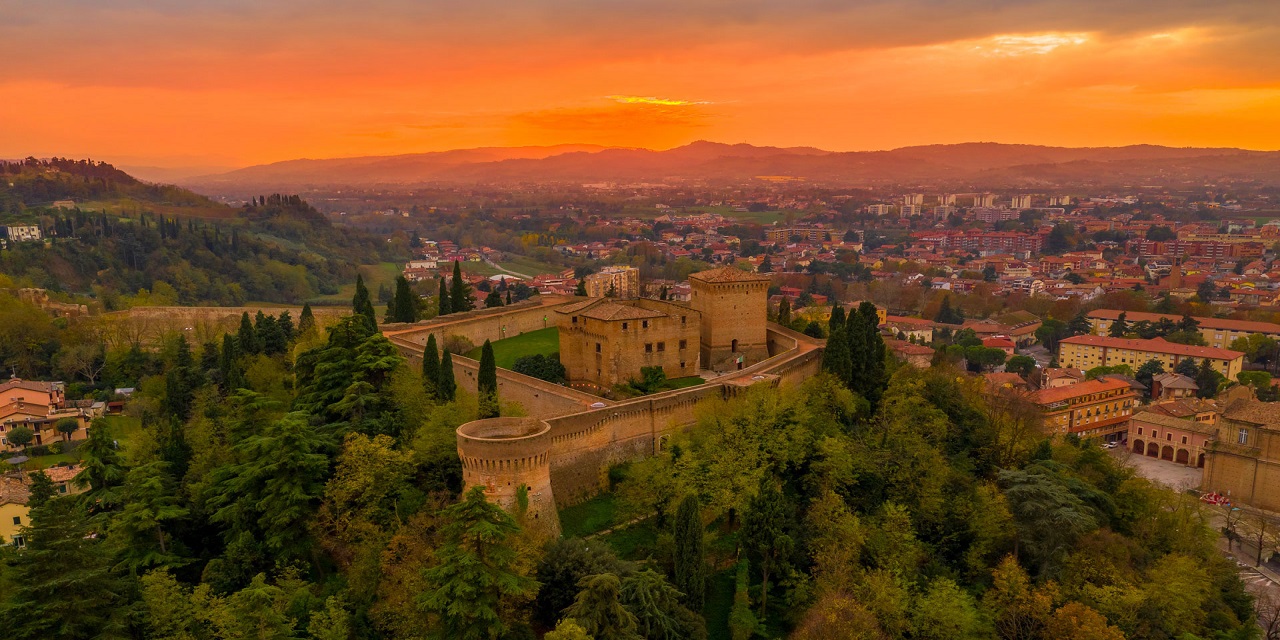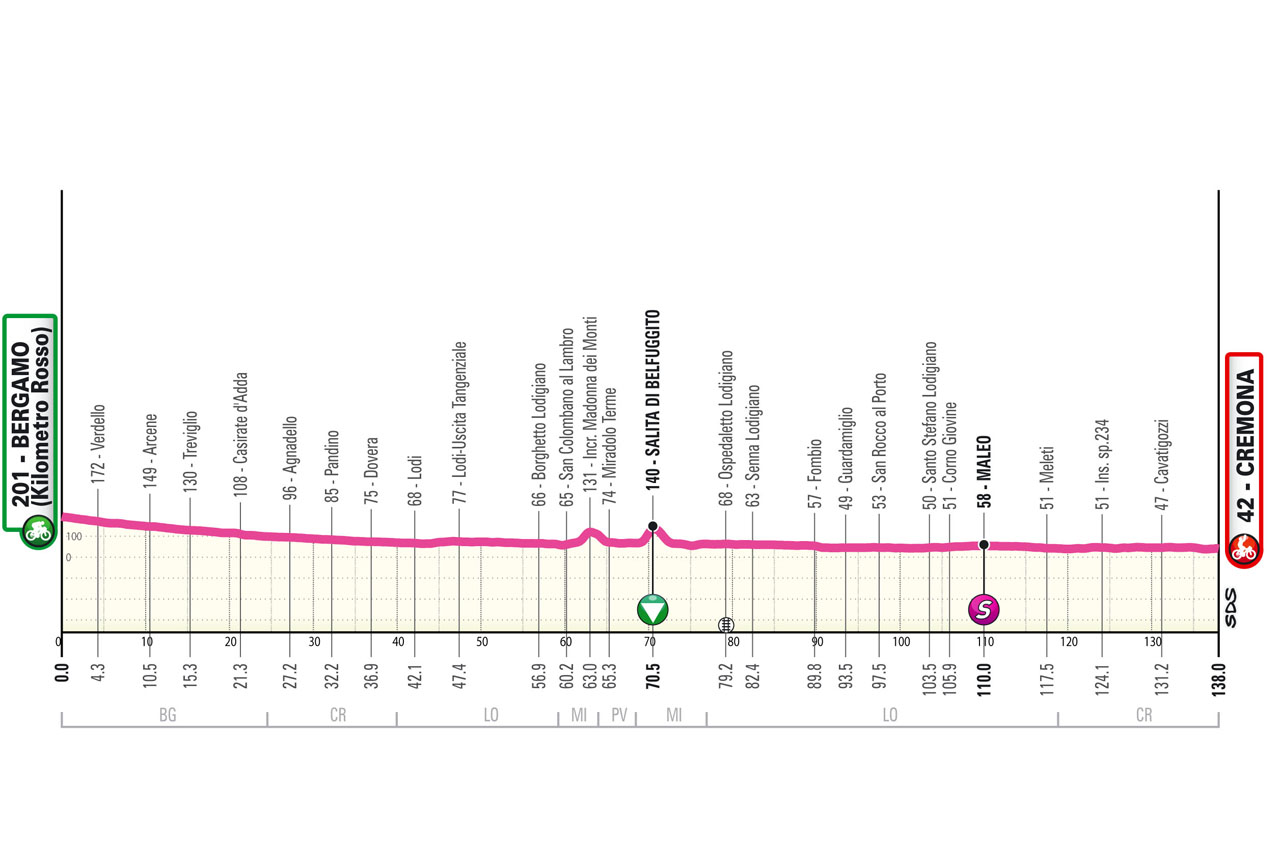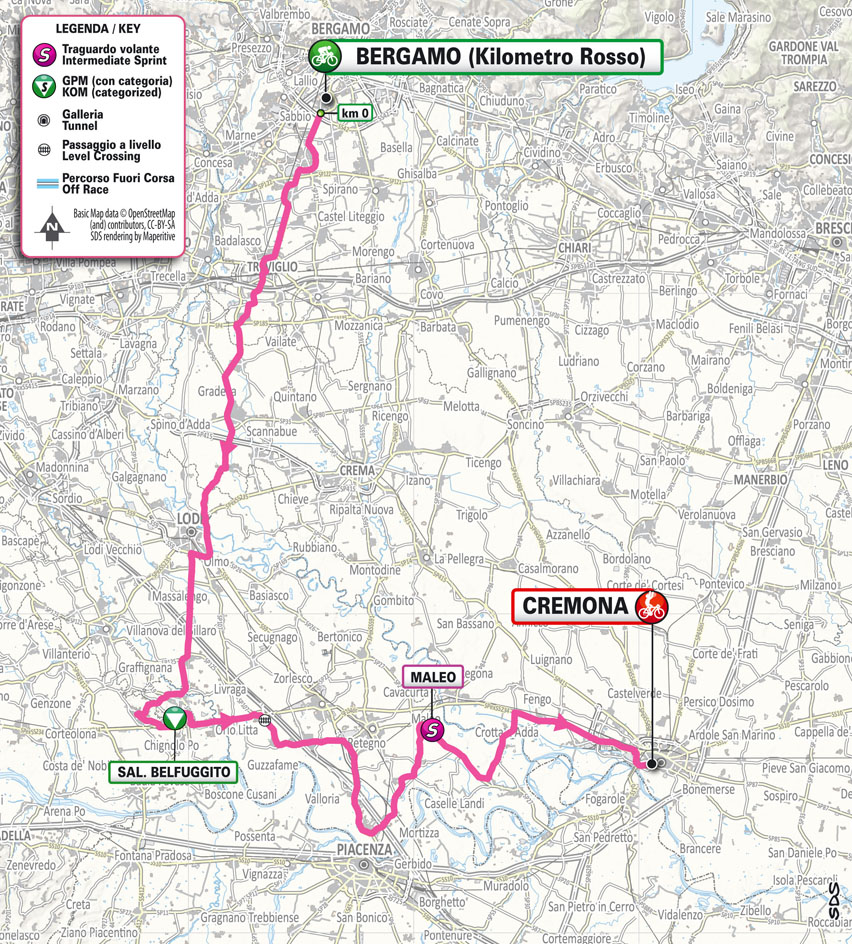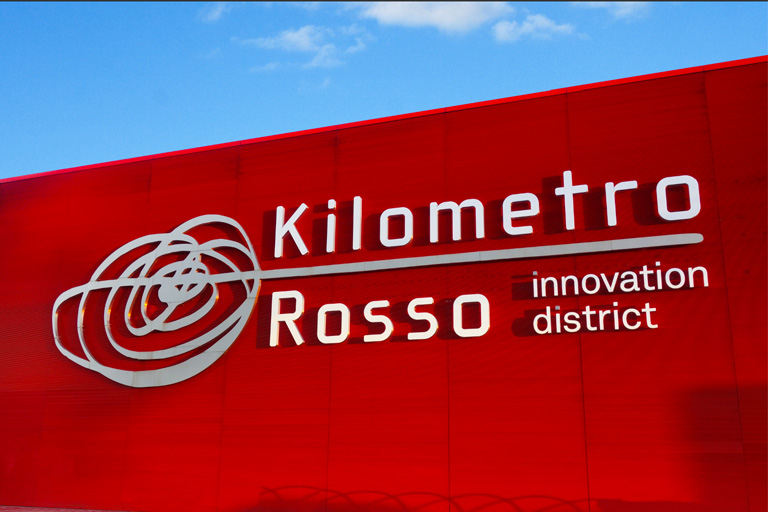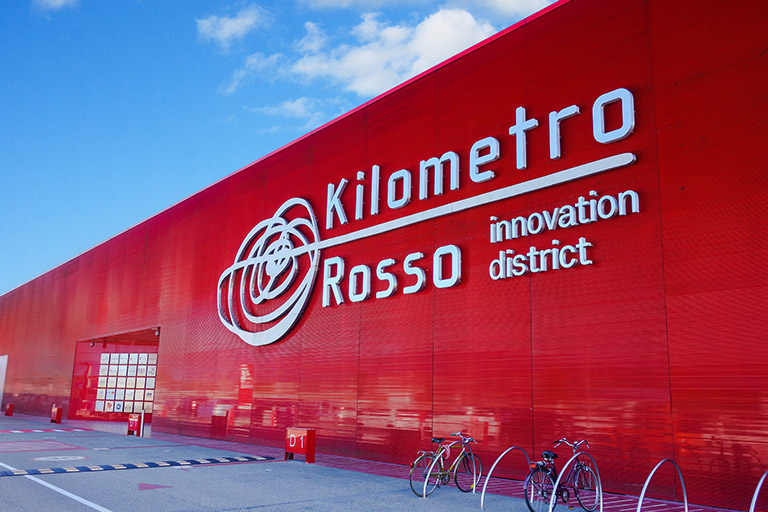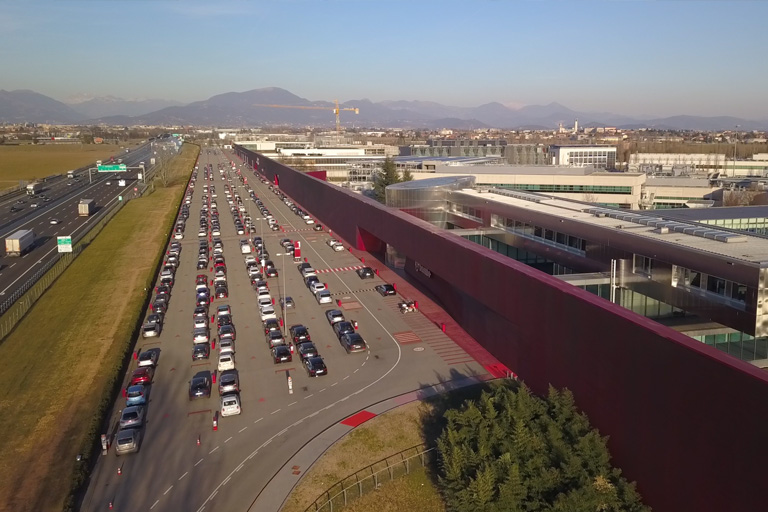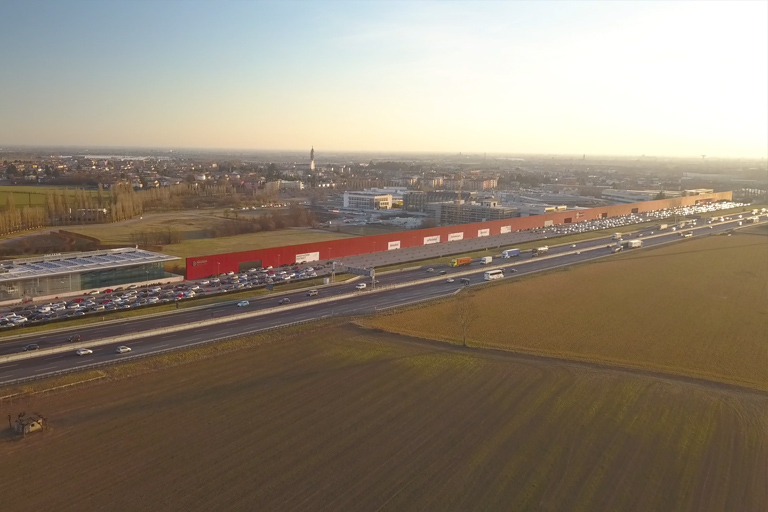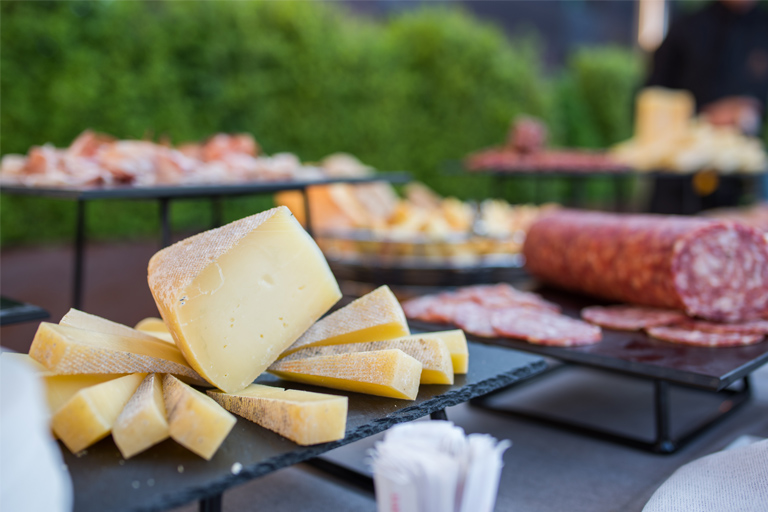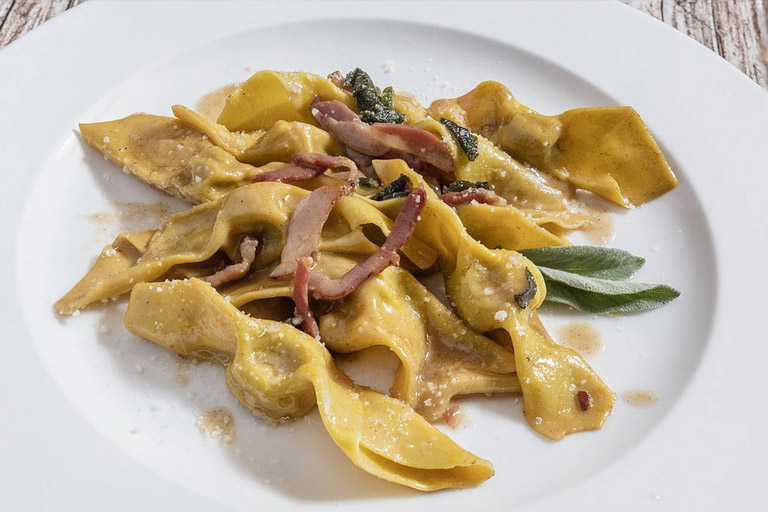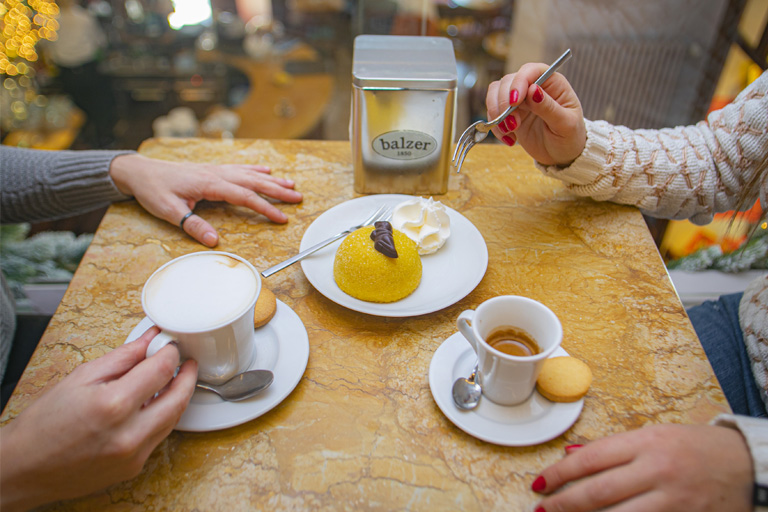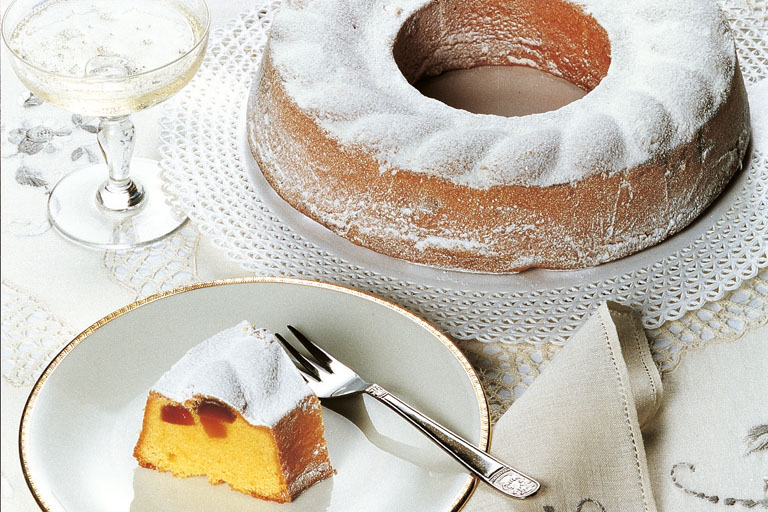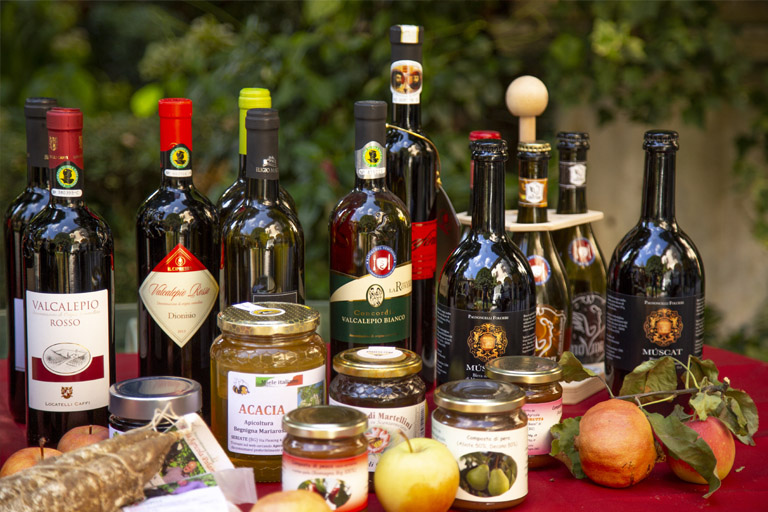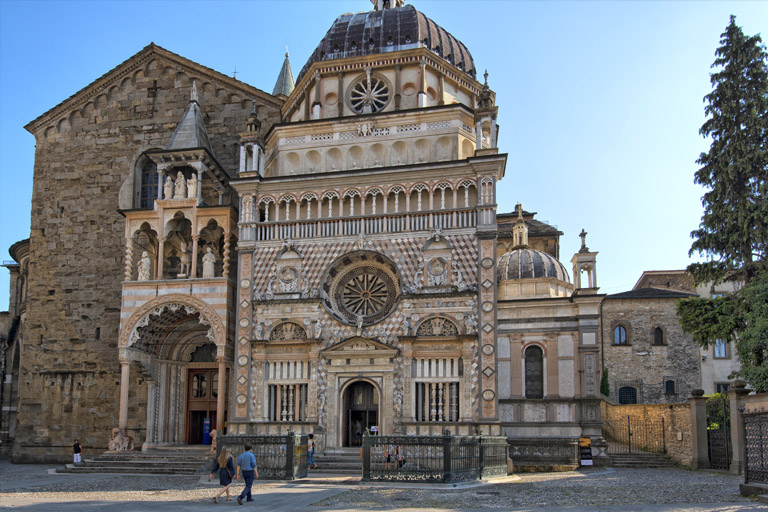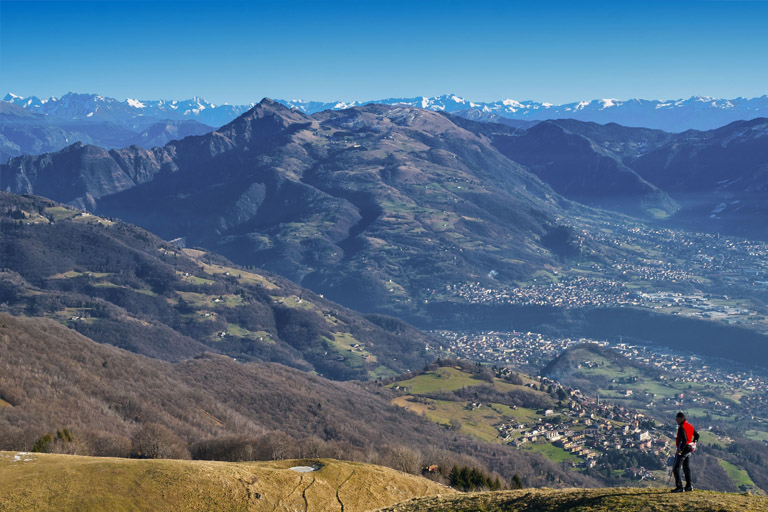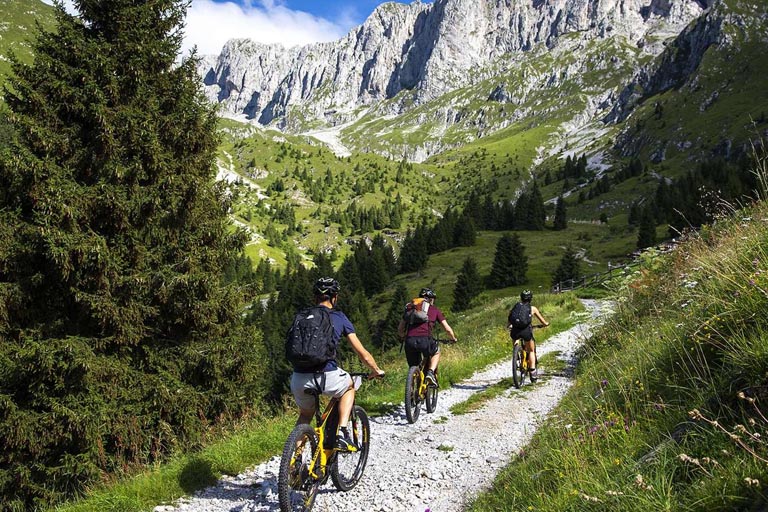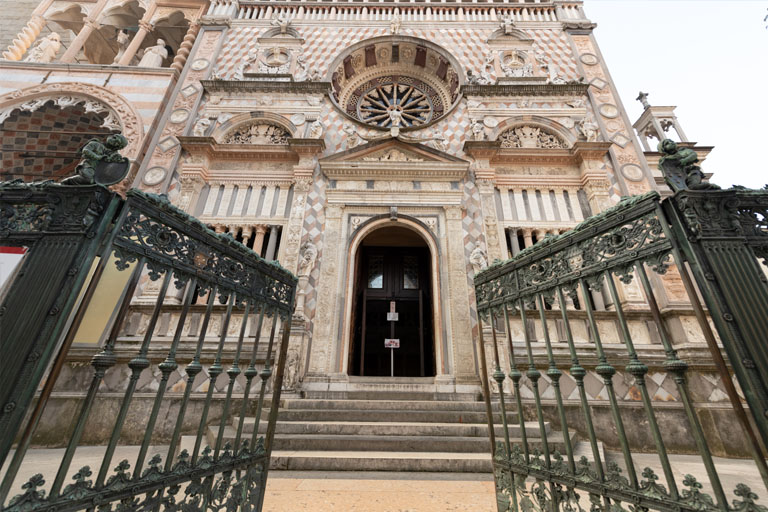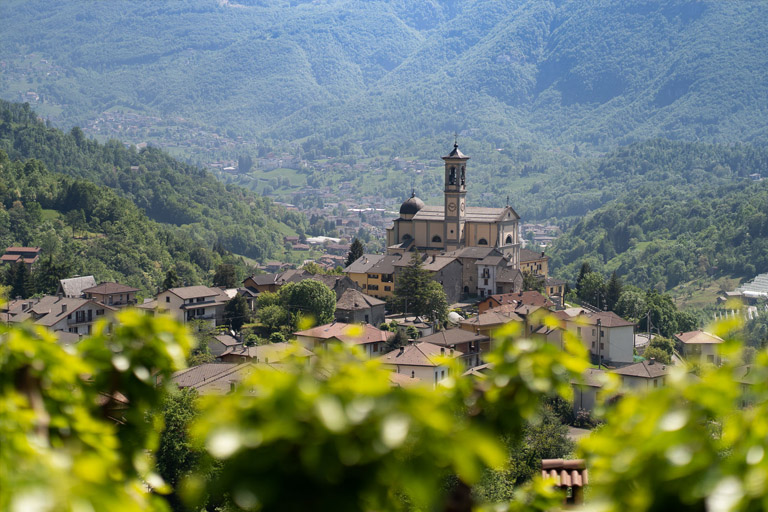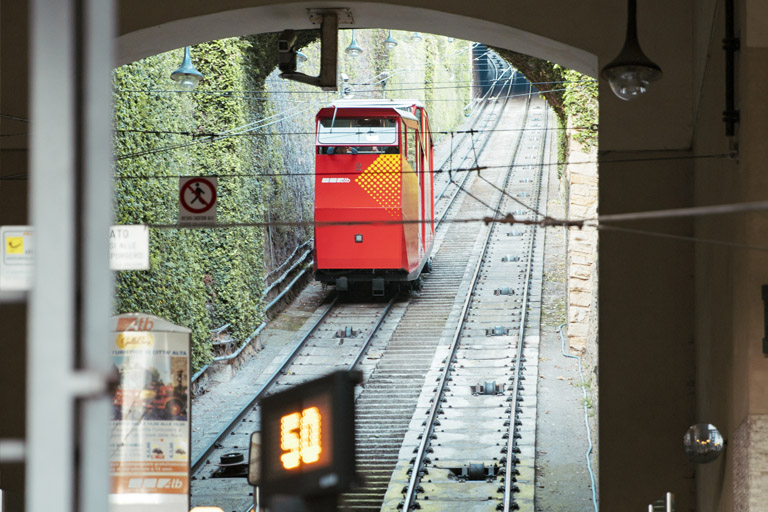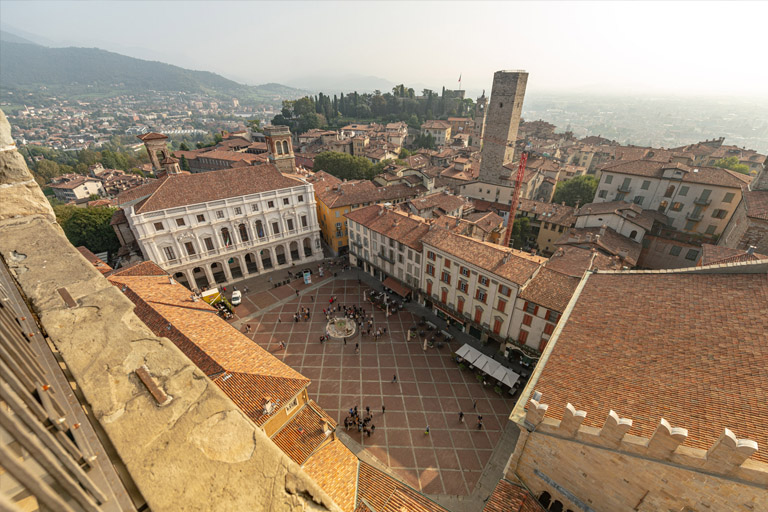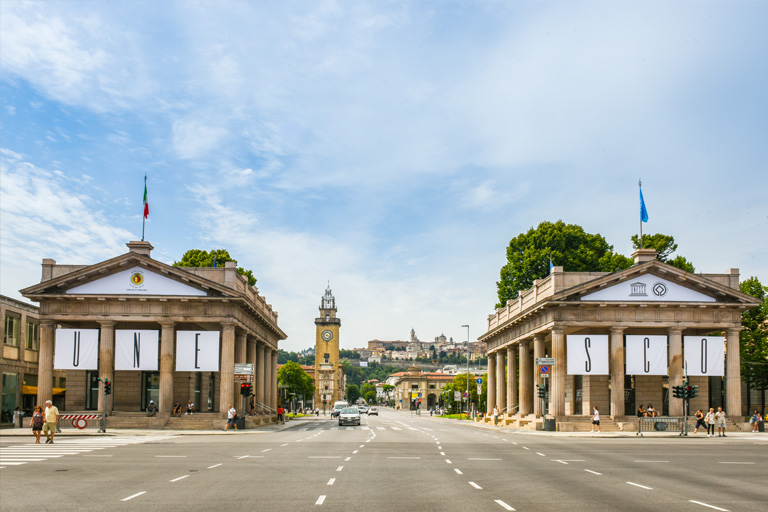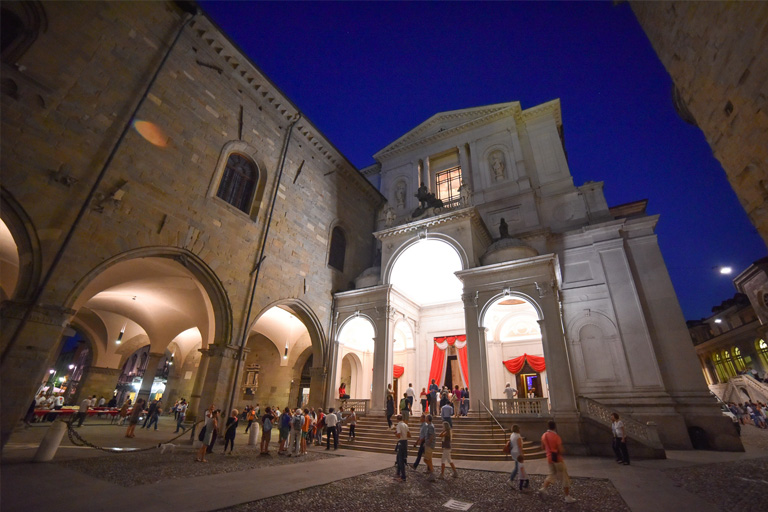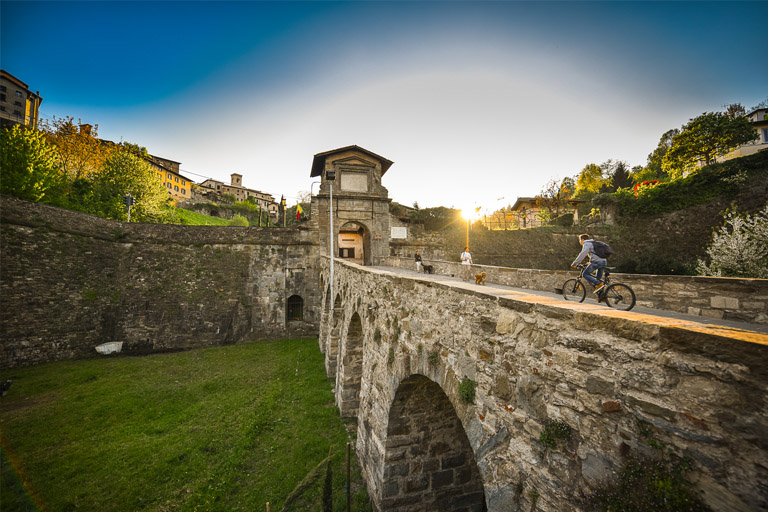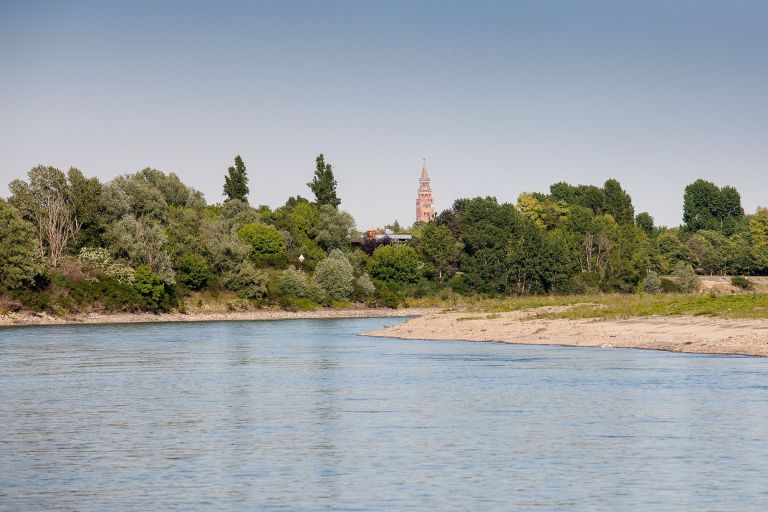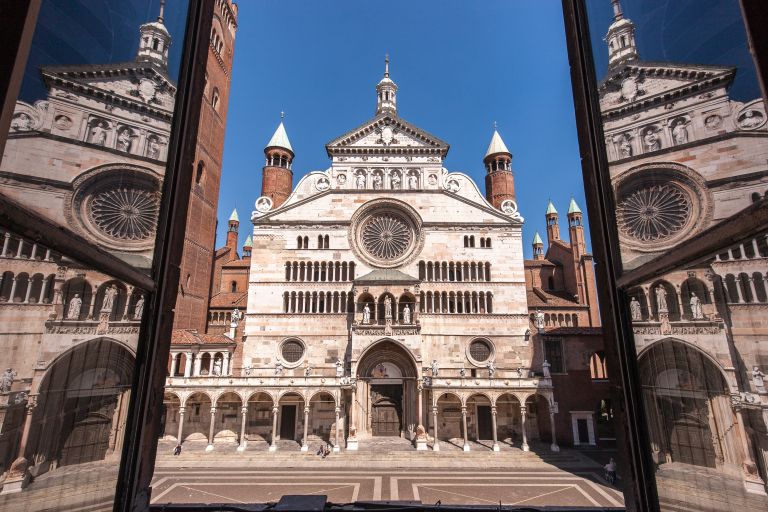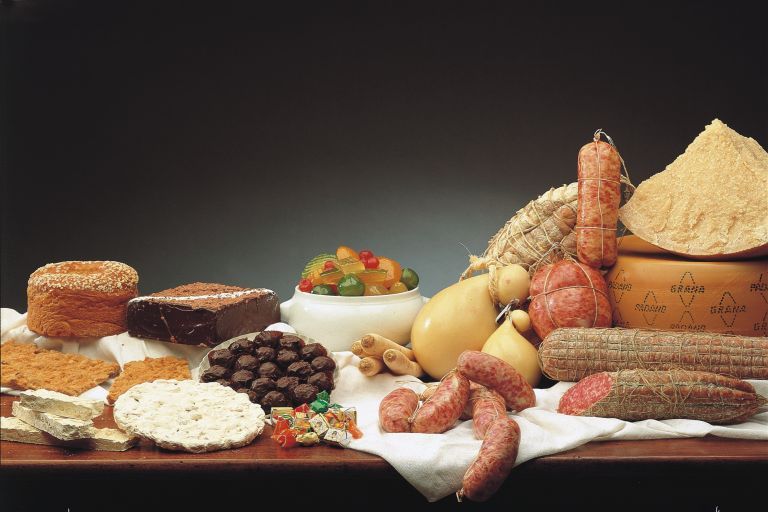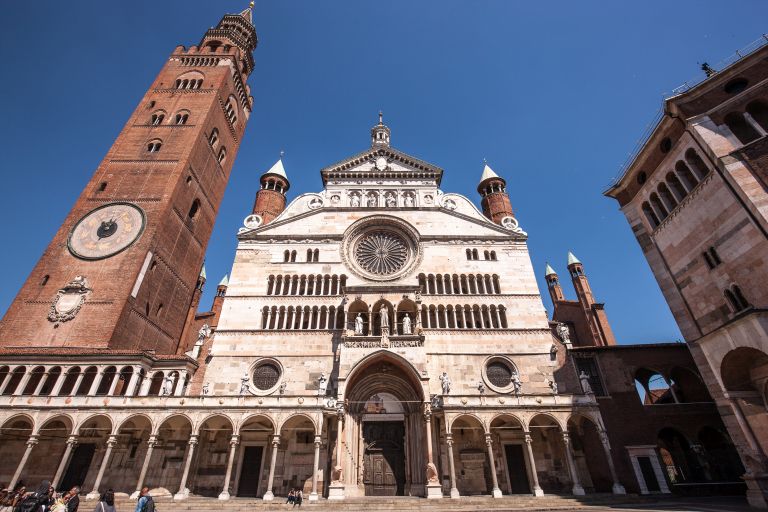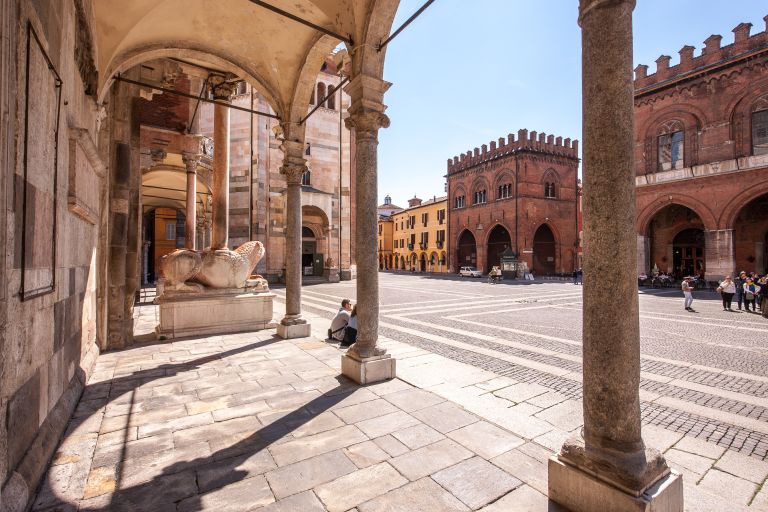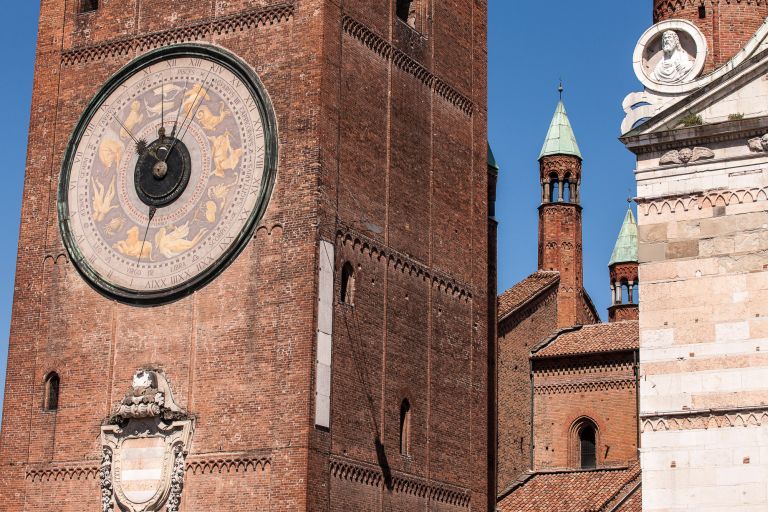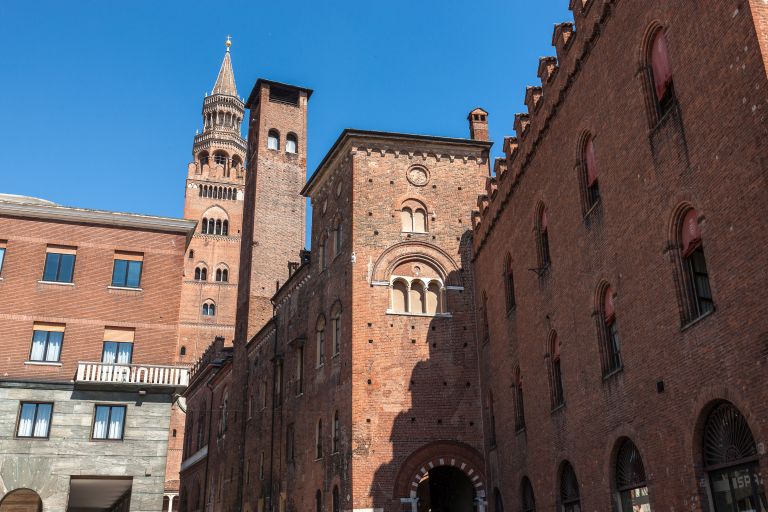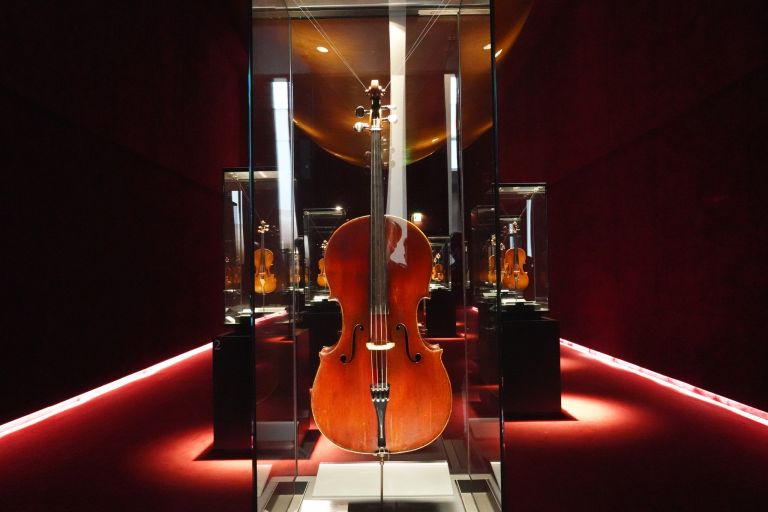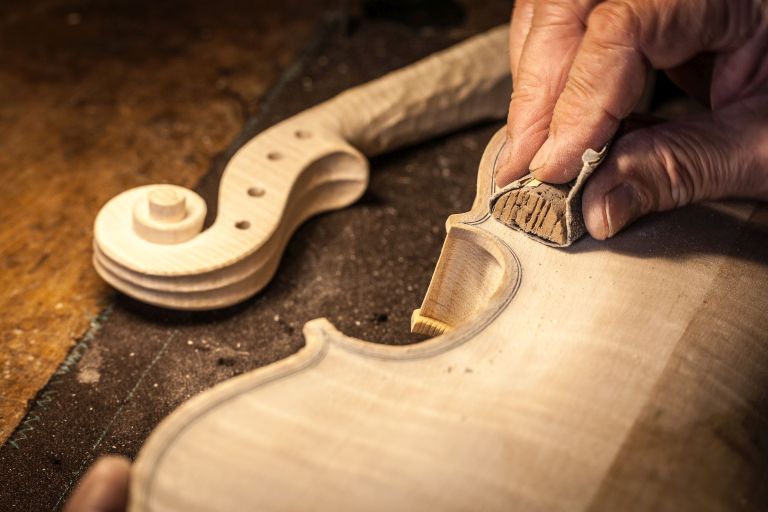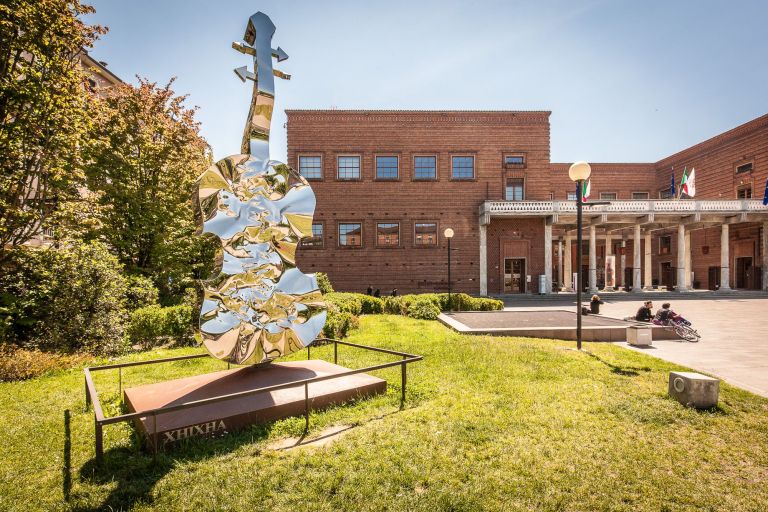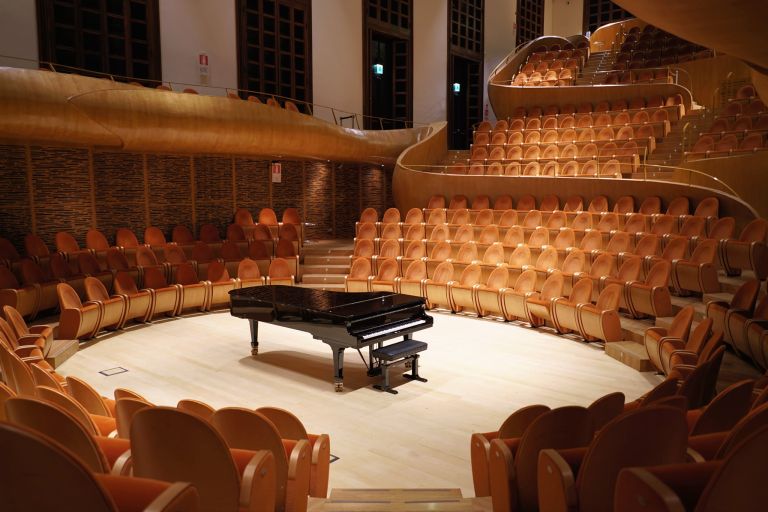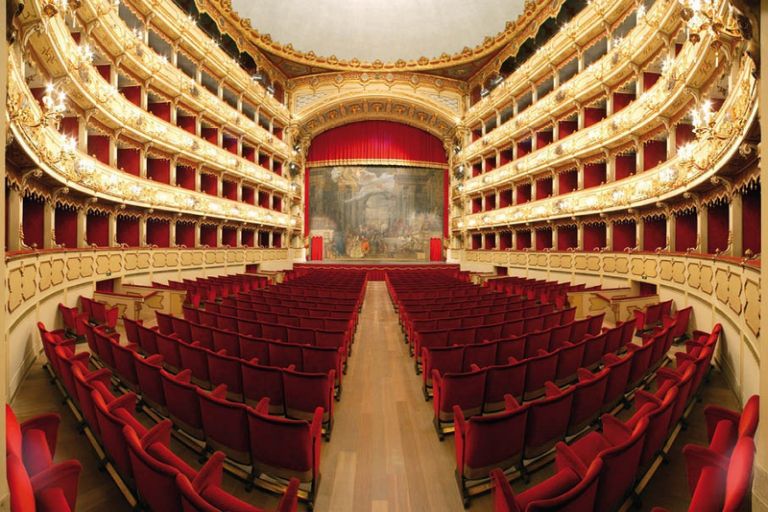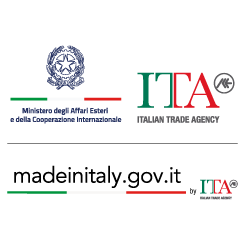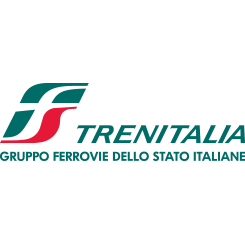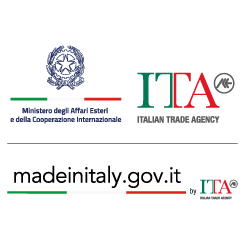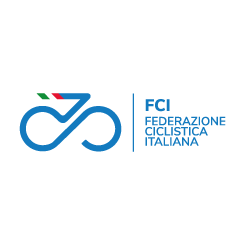learn more
technical info
profile
map
technical info
Flat stage with two very short climbs. It unfolds entirely on straight roads interspersed, in the residential areas, by the usual traffic obstacles (roundabouts, traffic dividers, speed bumps, etc.). After San Colombano al Lambro, the very short climb of Belfuggito will be tackled before returning to the Po plain as far as Cremona.
Last kilometres
The last few kilometres are flat with a final bend in the last kilometre.
tourist info
Host city:
Bergamo (Kilometro Rosso)
Overview
KILOMETRO ROSSO INNOVATION DISTRICT
Kilometro Rosso is one of Europe’s leading innovation districts, a meeting place for research and business that operates as an agent of technology transfer. Today, the campus is home to approximately 80 Resident Partners—companies, laboratories, and research centers—with a total of over 2,500 employees and researchers.
Founded in 2009 and developed on a private initiative, Kilometro Rosso, with its Resident Partners, represents a reference point in the international panorama of research and technology transfer: 31 laboratories, 50 R&D projects funded for over €185 million, 835 patents filed, 70,000 official delegates from all over the world, more than 200 events per year to promote technological innovation with over 23,000 participants, and more than 600,000 entries recorded annually.
To promote Open Innovation and contamination, Kilometro Rosso aggregates multi-sector initiatives, articulated in the following technological clusters: Energy and sustainability; Specialized training; ICT; Composite materials; Mechanics and mechatronics; Engineering, prototyping, and design; Life sciences; Innovation services.
Already recognized as an innovative business incubator by the Lombardy Region, Kilometro Rosso is a partner of the main national and international networks supporting startups and innovative SMEs, such as: the International Association of Science Parks and Areas of Innovation (IASP), InnovUp – Italian Innovation & Startup Ecosystem, MADE – Competence Center Industry 4.0, Digital Innovation Hub Lombardy Bergamo, AFIL – Lombardy Intelligent Factory Association, Federated Innovation MIND, Cysero VC, ENI Joule, Premio 2031, Open Italy, Mind the Bridge, EIT Manufacturing.
Food
The city of Bergamo is a small jewel characterized by many excellences. In addition to history and art, the city can also be experienced for the pleasure of the palate: a long enogastronomic tradition waiting to be discovered has made it a “creative city for cuisine” thanks to the delicacies present in the territory. In any typical restaurant in Bergamo, you will find casoncelli, the dish with the classic Bergamo ravioli with an elongated shape, filled with meat and usually seasoned with butter and sage; and of course, polenta made with cornmeal and buckwheat flour, which becomes taragna polenta when Branzi is added – the typical cheese of the Val Brembana. Without taking space from the cured meats and in particular from the salami of Bergamo, the province is a land of alpine pastures and flocks, where over the centuries cheese-making techniques have been refined, so much so that today there are 9 Bergamo cheeses that have obtained the Protected Designation of Origin (PDO): with 150 active alpine pastures, the Bergamo one is in first place among the provinces in Italy. Among the typical cheeses, Branzi, Bitto, Stracchino, Agrì di Valtorta are renowned, and recently, the prestigious mark has also been added to “Strachitunt”, an ancient cheese dating back to 1380 that has gained international fame, thanks to the tenacity of a few breeders and producers from the Val Taleggio. Bergamo is also the birthplace, in 1961, of the famous Stracciatella ice cream, which came to life in the historic La Marianna pastry shop in Città Alta.
Wines and Beverage
Considered a pearl of Bergamo’s wine production, Moscato di Scanzo is the only wine in the Bergamo area to boast the smallest Guaranteed Designation of Origin (DOCG) in Italy due to its production in an ancient vineyard cultivated almost exclusively on the hills of Scanzorosciate. Such a close bond with the territory that the variety of grape is indicated by the name of the place itself. It is a wine with an ancient history, dating back to the Romans and Celtic populations. Thirty minutes by road from the city of Bergamo, located below Lake Iseo, is Franciacorta, the most famous Lombard location for its history and wine production. The cultivation of vines has been a constant in Franciacorta since Roman times, thanks to the favorable climatic conditions and its soils. The name “Franciacorta” has uncertain etymology with various stories justifying its origin, but the term “Cantine Franciacorta” has become synonymous worldwide with the same DOCG sparkling wine produced in the numerous vineyards in the area. Last, but certainly not least, is the geographical area of DOC Valcalepio which includes a territory in the hilly area northwest of the city of Bergamo and east of Lake Iseo. Today, Valcalepio wines are emerging stars in the best international wine shops, but the viticultural quality of the area was already known to Pliny the Elder, who tells how viticulture in this area was highly developed and of excellent quality.
Points of Interest
When one thinks of Bergamo, the mind goes to the highest, most iconic, and also the oldest part of the settlement: Città Alta. At its feet grew the modern and industrious city that everyone knows. Bergamo, which many call the “City of the Thousand” because of the significant number of volunteers from Bergamo who took part in the expedition led by Giuseppe Garibaldi, is located in the foothills, where the high plain gives way to the first hills of the Bergamo Prealps. It is precisely here that the settlement was established halfway between the Brembo and Serio rivers flowing from the two main valleys of the province: respectively the Val Brembana and the Val Seriana. Città Alta is protected by the Venetian Walls, the fortifications of the Republic of Venice that guard the houses and monuments of Upper Bergamo since 1588 and which wind for over five kilometers: a monument that became a UNESCO World Heritage Site in July 2017. Leaving the car in Lower Bergamo, characterized by shops and offices, you can reach Città Alta on foot, through the many streets and numerous “scorlazzini” (typical staircases connecting it to the lower part of the city), or by the funicular of 1887: a cable railway that from the center crosses the city walls and arrives directly in Piazza del Mercato del Fieno. From here, you can walk along the main Via Colleoni, also known as Corsaröla, from which numerous streets and small alleys branch off where you can get lost to discover all the hidden beauties of Upper Bergamo. The city of Bergamo has numerous monuments, starting from the iconic Piazza Vecchia which houses the recently renovated Contarini Fountain, the Angelo Maj Library, the Palazzo della Ragione, the Civic Tower that the Bergamaschi simply call ‘Campanone’ and which every evening at 10 o’clock rings out 100 times to keep alive the medieval tradition of signaling the closure of the four gates to Città Alta.
Cremona
Overview
Cremona is located in the heart of the Po Valley, in the centre of a fertile and rich land, less than an hour’s drive from Milan. A jewel of art and history lying on the banks of the Po, it is famous for being the birthplace of the luthier Antonio Stradivari.
In the north of Italy, only 80 km from Milan, Cremona is a city surrounded by lush nature. The presence of abundant waterways has allowed agriculture and livestock breeding to flourish and become the cornerstones of the city’s economy. At the same time, Cremona experienced an extraordinary development in the arts and culture. Over the centuries, the city has managed to maintain an orderly balance between history and modernisation and, thus, offers tourists the wealth of its monuments and extraordinary works of art, as well as an urban fabric on a human scale, a safe and peaceful city. Every period of history has left its mark on the fabric of the city: the Roman era, with its traces of the foundation, the Middle Ages, with the buildings in the heart of the historic centre, to the Renaissance, with the façade and frescoes of the Cathedral.
Food
Cremona gastronomic excellence is closely linked to the territory, which rest on three pillars: nougat, mostarda and salami. These columns support as many events that every year attract numerous producers from all over Italy and thousands of tourists and gourmands to Cremona.
This is the Torrone festival, with the historical reenactment of the wedding between Bianca Maria Visconti and Francesco Sforza where legend has it that the typical Cremonese sweet from Cremona was presented for the first time, which is held every year in the second half of November.
Then there is the Mostarda Festival, which valorises this particular typical product through new and creative interpretations in which gastronomic tradition meets contemporary cuisine in innovative combinations not only linked to seasonality.
And, finally, the Salame Festival: the kermesse that every year attracts the best producers of salami and related products from all over Italy to Cremona, to present their delicacies and offer visitors a dense programme of initiatives: shows, tastings and conferences inspired by the art of salami making andthe traditions linked to pig breeding.
Points of Interest
Music can be heard in every corner of the city and makes Cremona a unique place in the world. The homeland of violin making, it is the cultural capital of the art of violin making, included since 2012 in the Unesco list of the intangible heritage of mankind; it is an elegant city of art, rich in monuments, theatres, palaces and splendid churches, with a varied museum heritage and splendid river itineraries.
A city to discover, with the artistic apex in the central Piazza del Comune, overlooked by the cathedral, the baptistery, the medieval town hall and the famous Torrazzo, the symbol of Cremona, one of the tallest masonry bell towers in the world.
Videos Stage 05
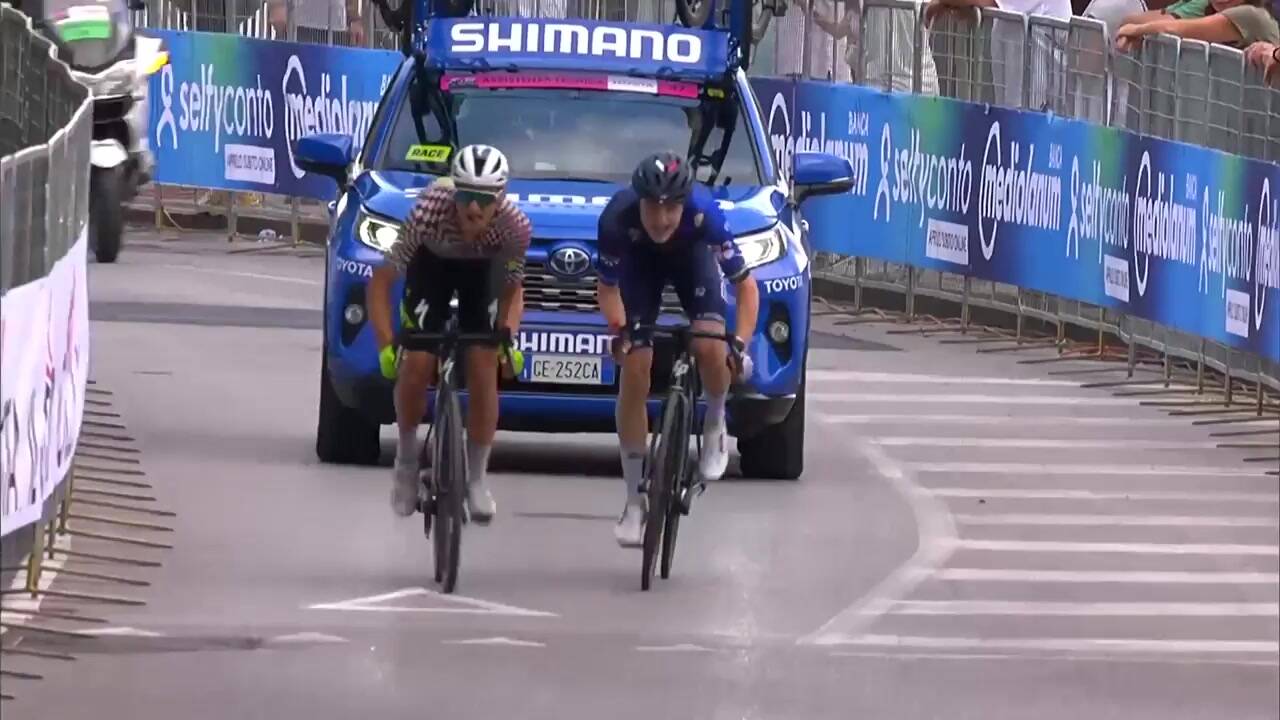
Giro Next Gen 2023 | Stage 5 | Highlights
15 Jun 2023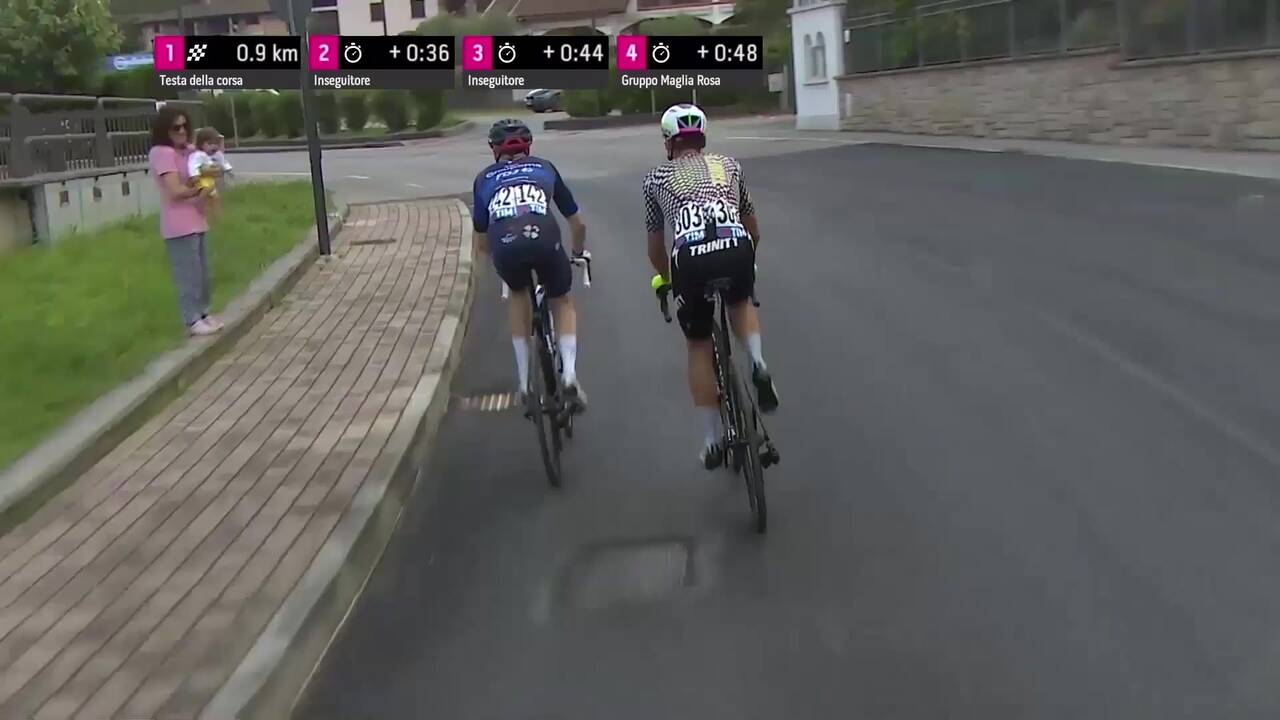
Giro Next Gen 2023 | Stage 5 | Last KM
15 Jun 2023

